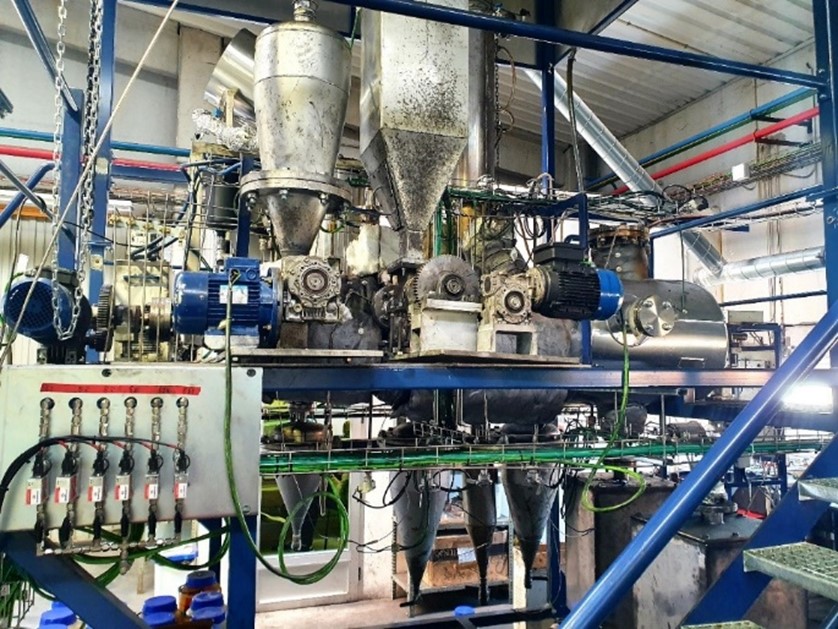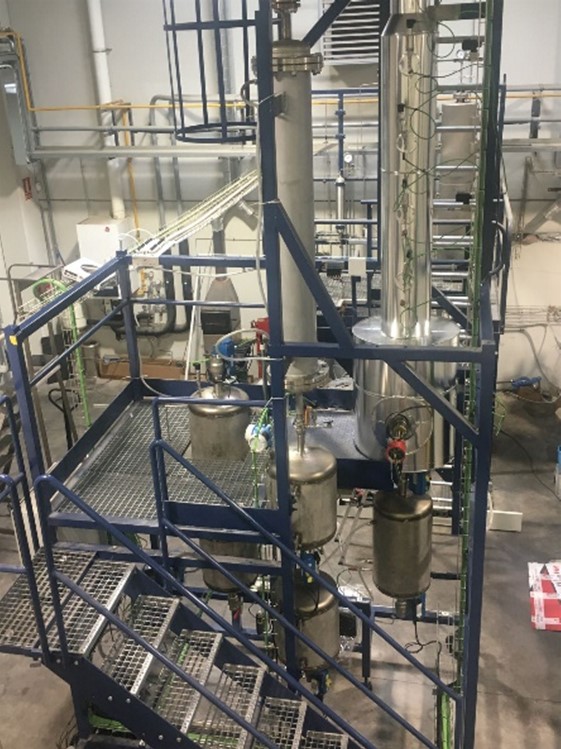The “Instituto de Carboquímica (ICB)” was established in Zaragoza in 1948 as part of the “Instituto Nacional del Combustible” (National Fuel Agency). Today, the centre is part of the “Consejo Superior de Investigaciones Científicas (CSIC)” (Spanish National Research Council), and is organized into two departments:
- Energy and Environment; and
- Chemical Processes and Nanotechnology, which carried out research activities in CO2 capture, air pollution, waste recovery, thermochemical processes, alternative fuels, nanoscience, nanotechnology, new sensor, fuel cell, batteries and superconductor materials, among others.
The “Grupo de Investigaciones Medioambientales (GIM)” (Environmental Research Group) is a multidisciplinary group with more than 30 years of experience in energy and environment technologies, focused on developing:
- Pyrolysis processes for the circular economy of end-of-life tyres and plastic waste;
- Advanced gasification strategies for syngas and hydrogen production; and
- Methanation and cold plasma processes for renewable energy carriers production.
These research lines are framed in UNDP sustainable development goals (SDGs) 7,9 and 12.
Role in BlackCycle
The role of the ICB-GIM in the BlackCycle project can be divided into three main processes:
- Optimization of the pyrolysis of different types of ELTs at TRL-5 scale.
- Upgrading of the pyrolytic oil by distillation at TRL-5 scale.
- Support in the scale-up of the technologies to TRL-7 scales.

Single-auger pyrolysis pilot plant (TRL-5)
Regarding the pyrolysis process, ICB-GIM has investigated for decades different technologies for the chemical recycling by pyrolysis of end-of-life tyres (ELTs). The ICB-GIM group has developed a proprietary technology based on the auger technology which has been demonstrated at TRL-5 scale. In BlackCycle, this technology has been proved using different types of ELTs such as truck tyres and passenger car tyres among others, in order to produce relevant value-added products for the circular economy of the tyre industry. Also, within BlackCycle the technology has been scaled up to TRL-7.
The ICB-GIM group has also played an important role on the upgrading of the pyrolytic oil derived from pyrolysis of ELTs by distillation. In this regard, a packed distillation column at TRL-5 (20 kg/h), previously designed and erected in the ICB laboratories, was tested to fractionate the pyrolytic oil into two value-added streams. Distillation was successfully demonstrated to increase the intrinsic value associated with the pyrolytic oil as secondary raw materials as the resulting streams were used for producing sustainable carbon black and plasticizers. The results derived in the TRL-5 column served as input to design and operate an industrial distillation column (TRL-7).

Packed distillation column (TRL-5)